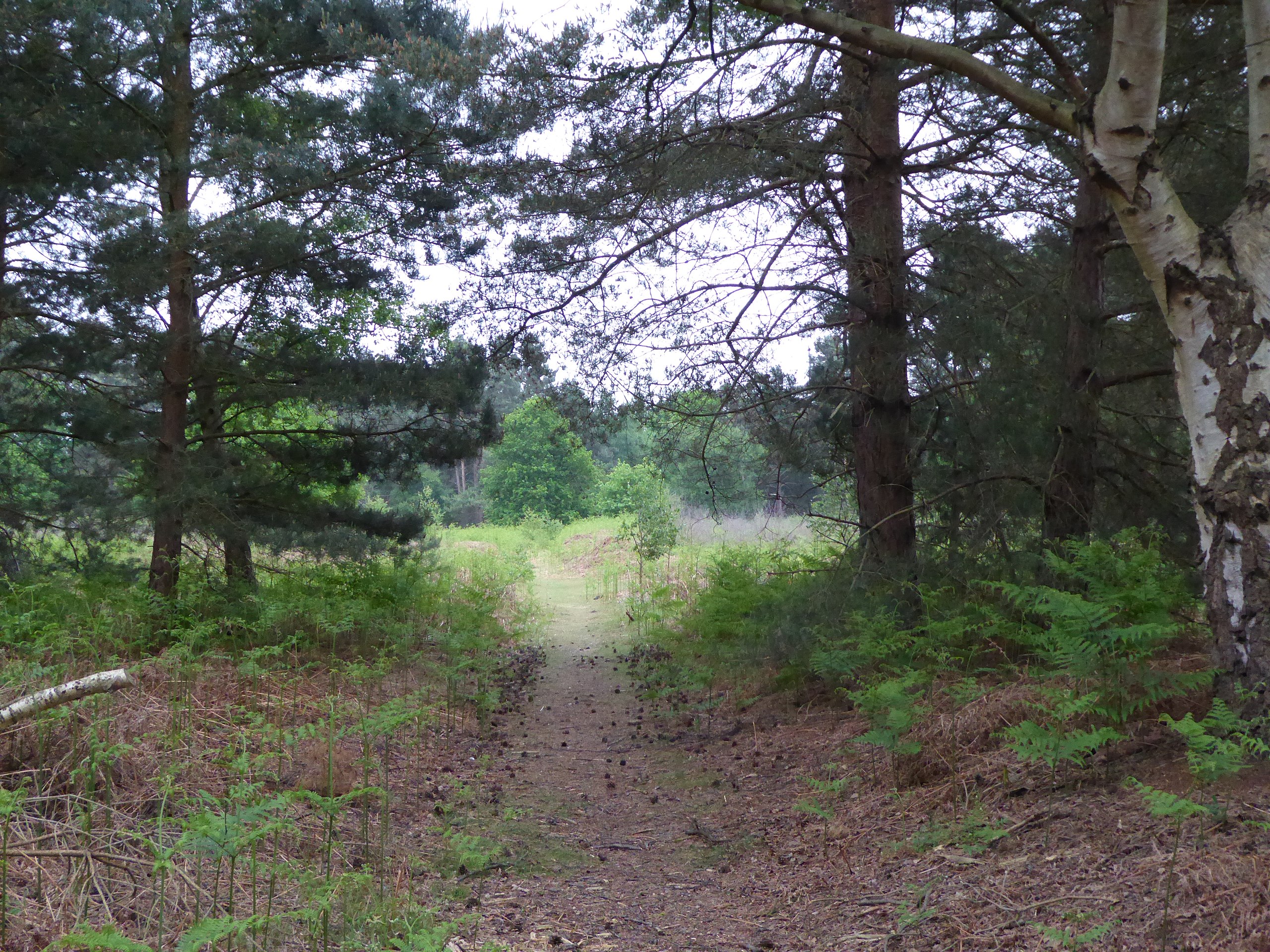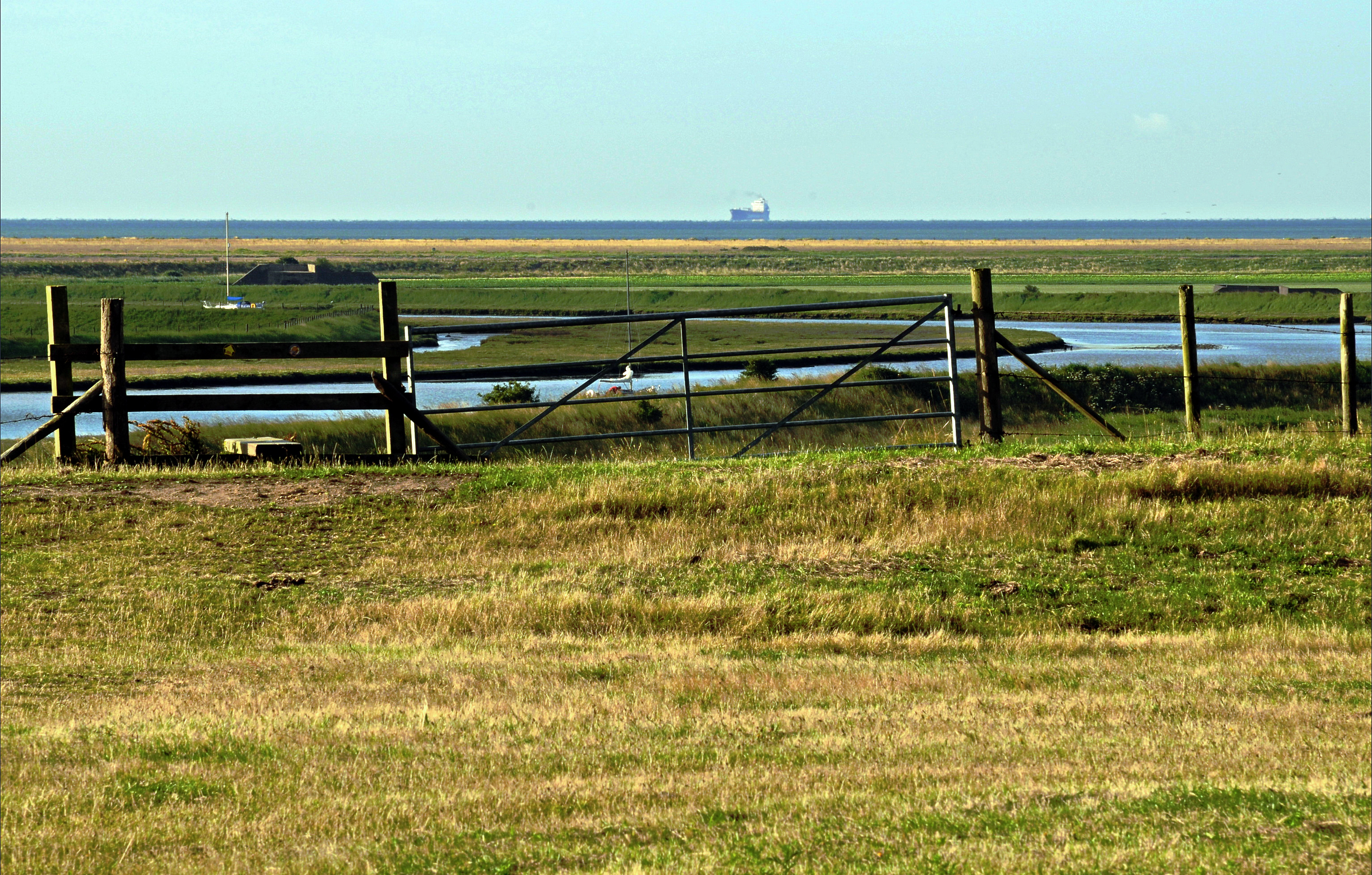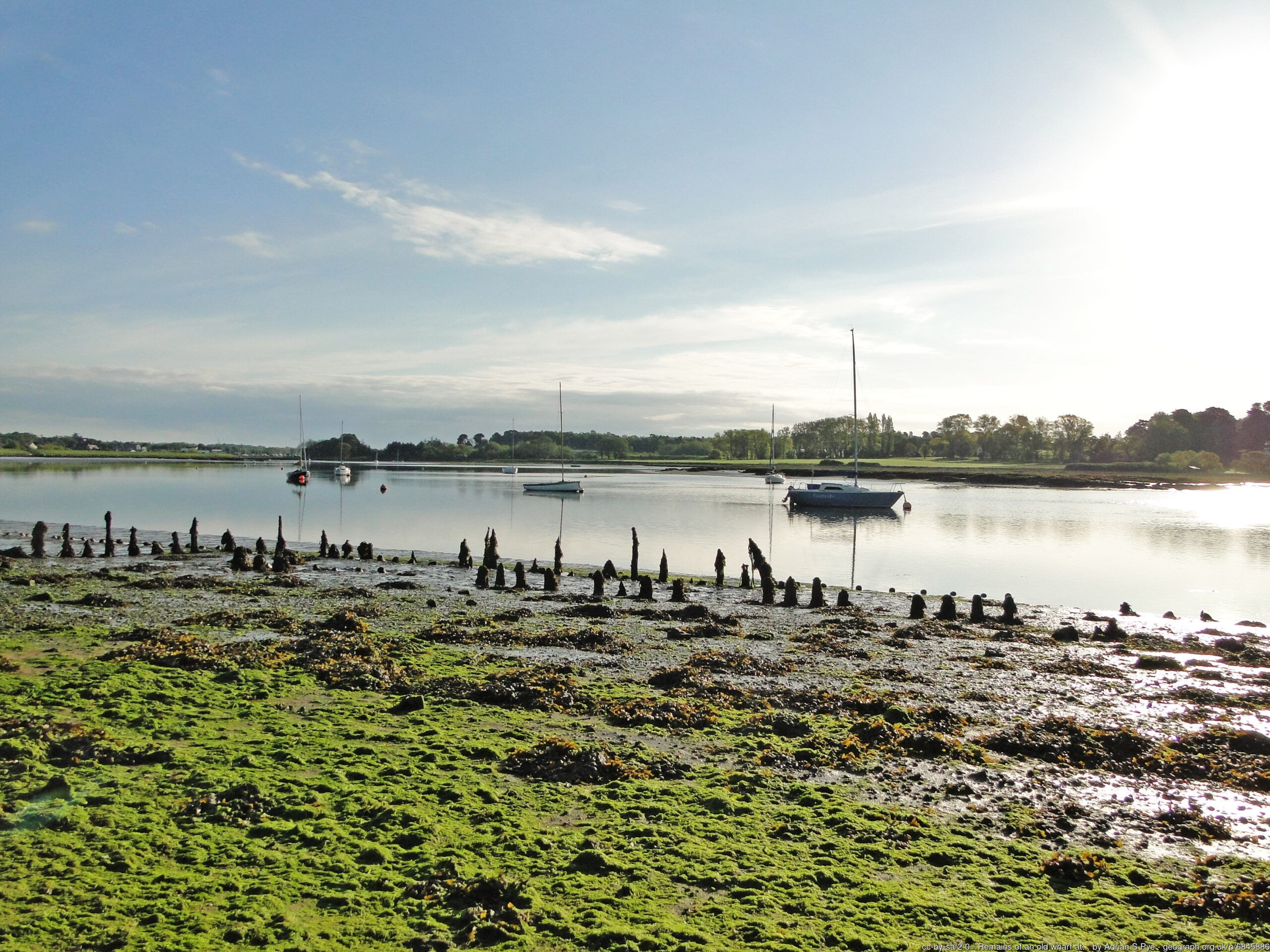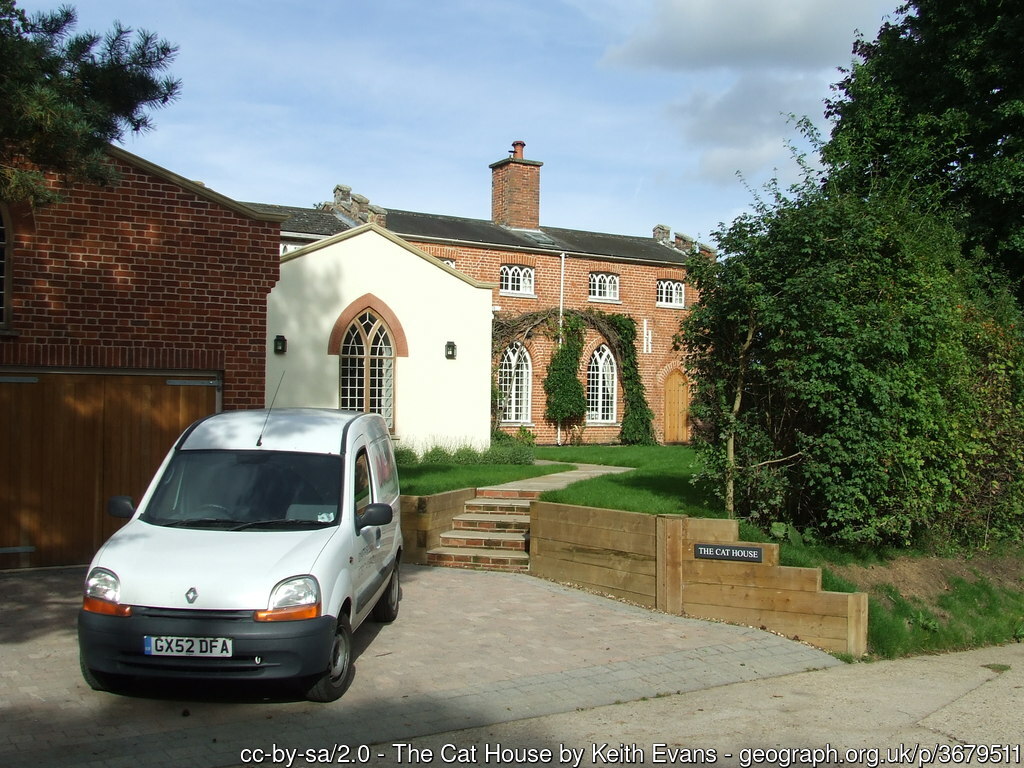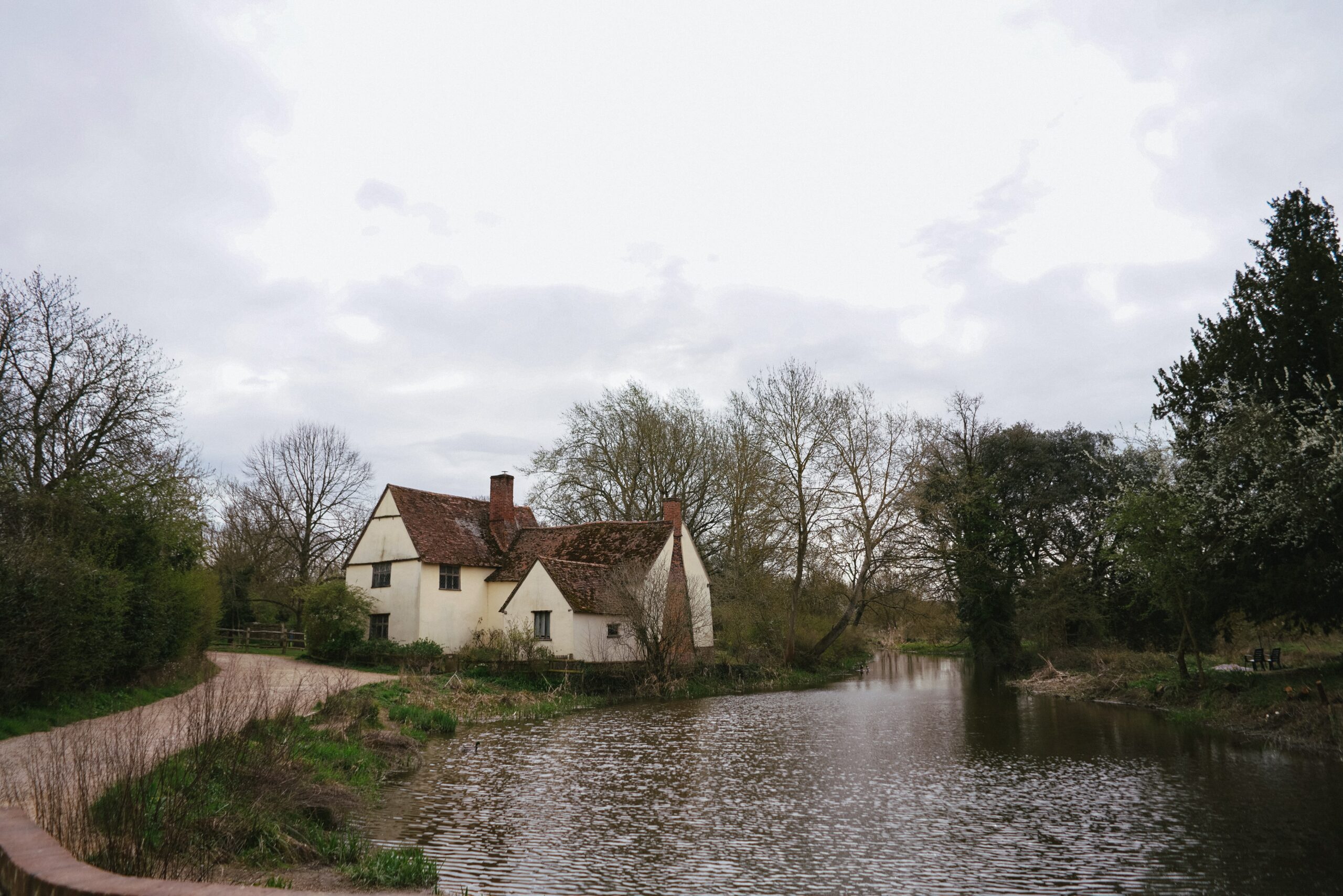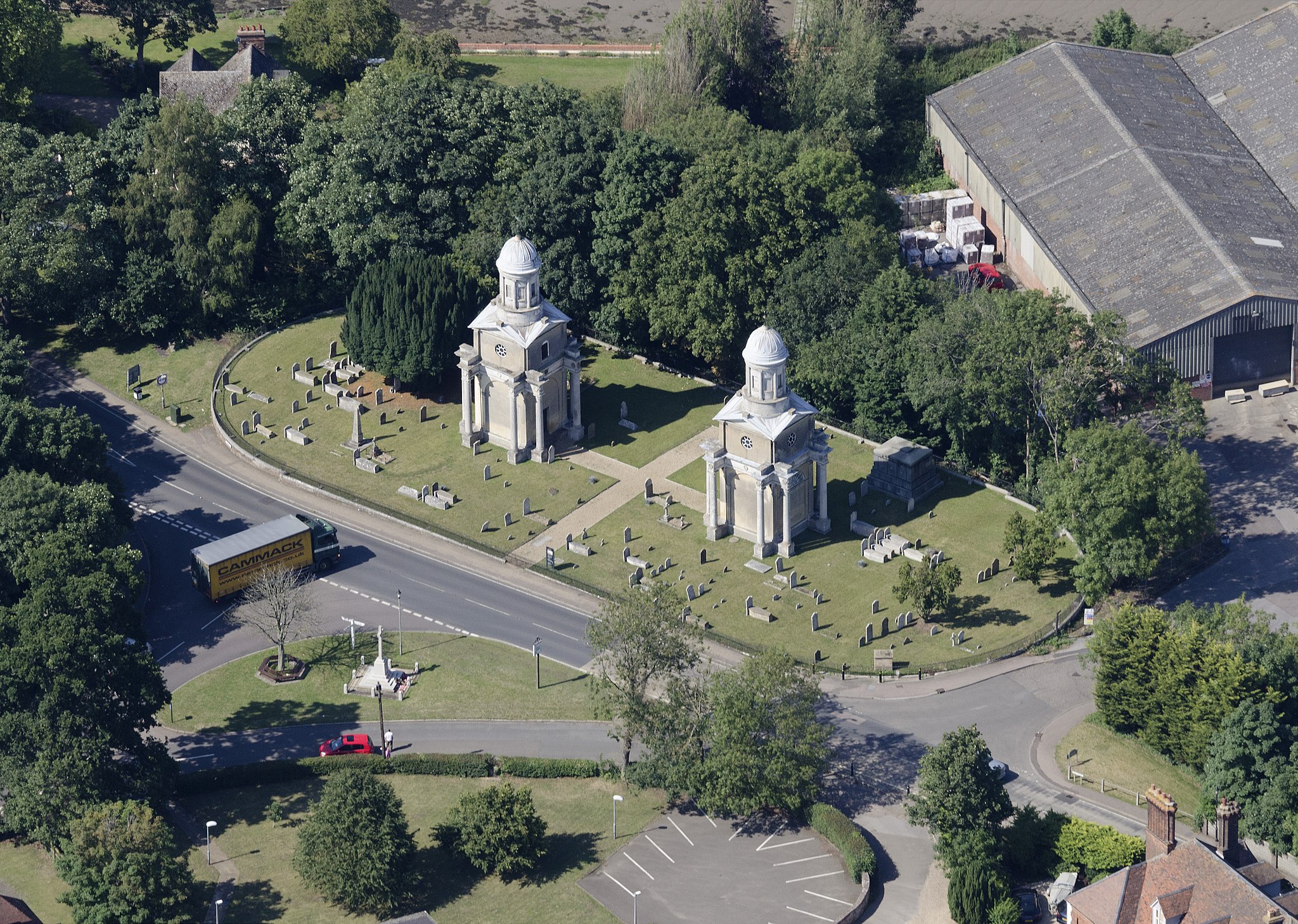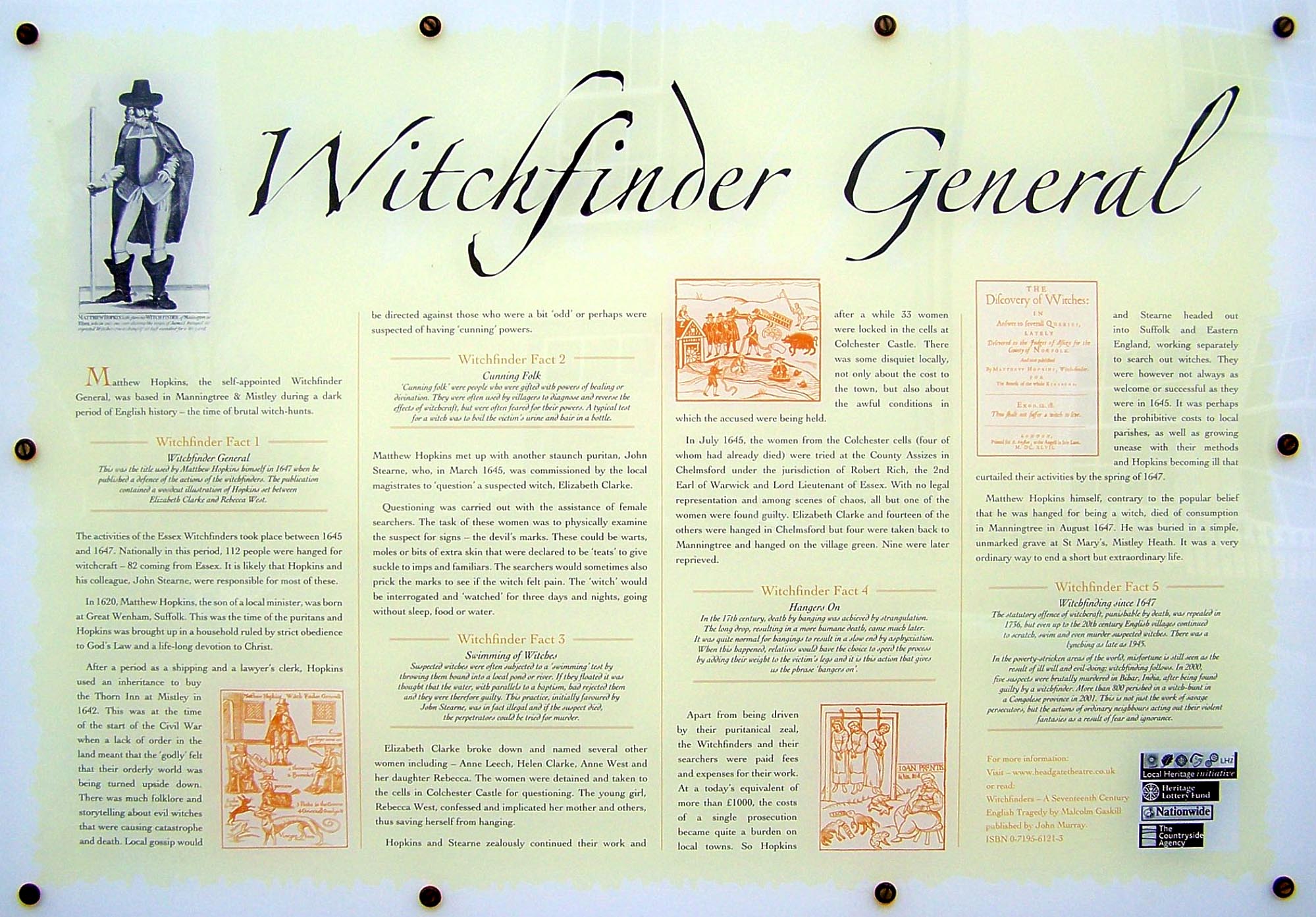If the sun is shining on race day, you will see the metallic roof of the 'House for Essex' glinting in the sun on the hillside above the south shore of the Stour estuary.
The race route doesn't take you right past the house itself, but it is available to rent as a
holiday let, should you ever fancy coming back to experience a short stay in this bizarre but strangely wonderful artistic creation...
